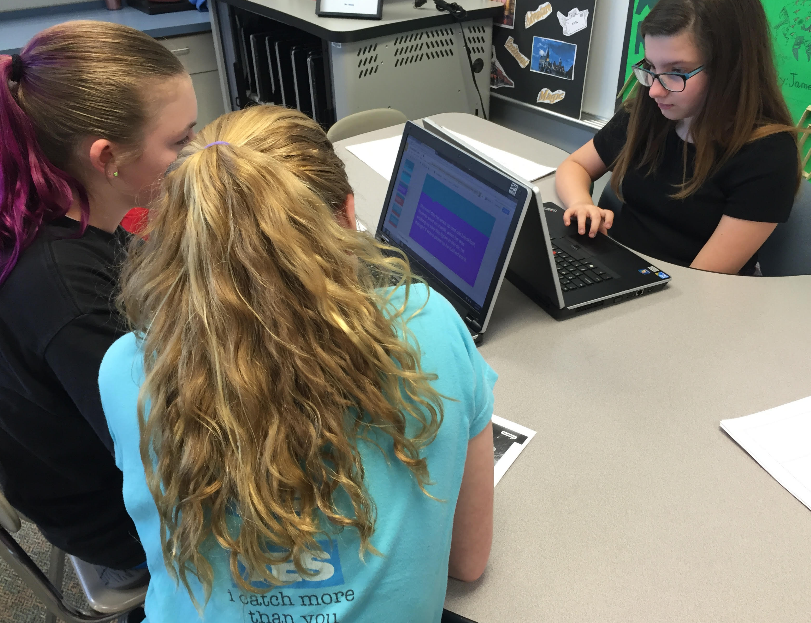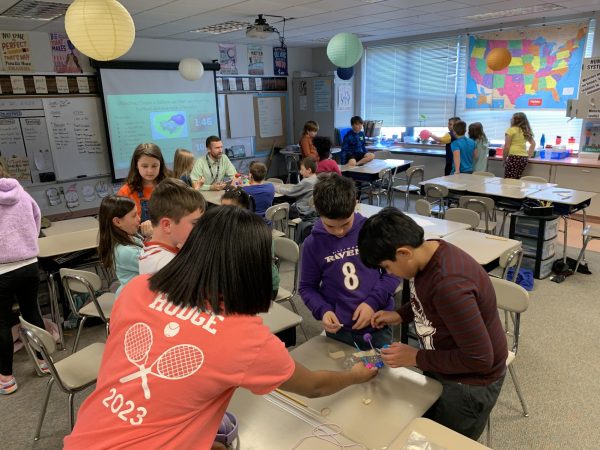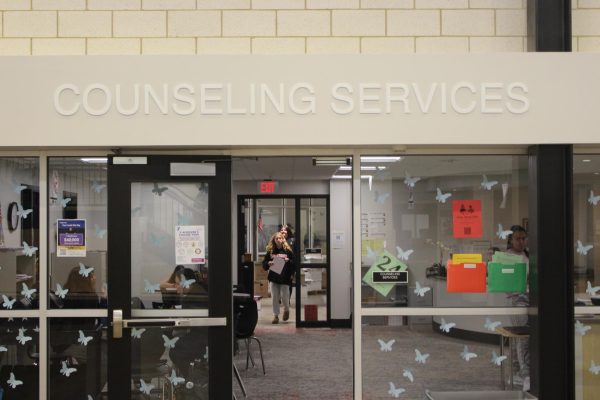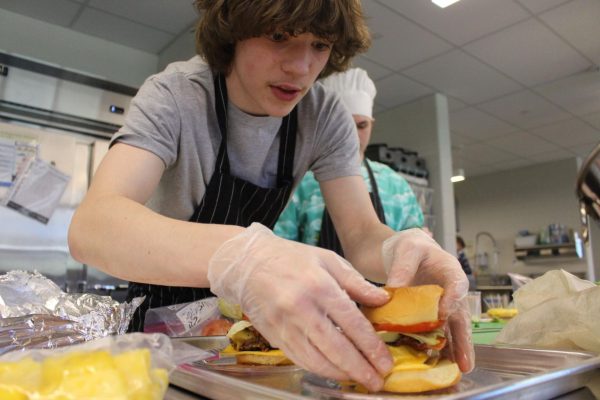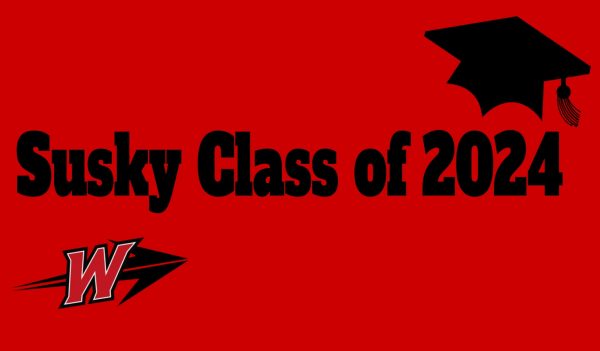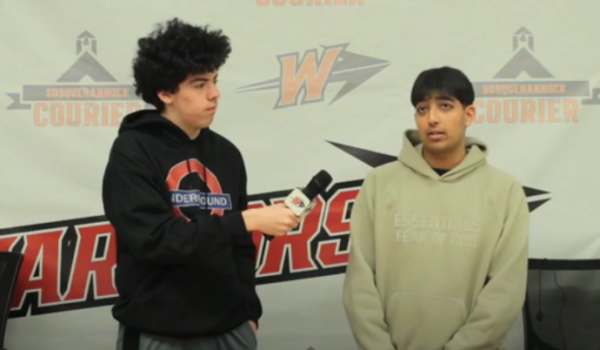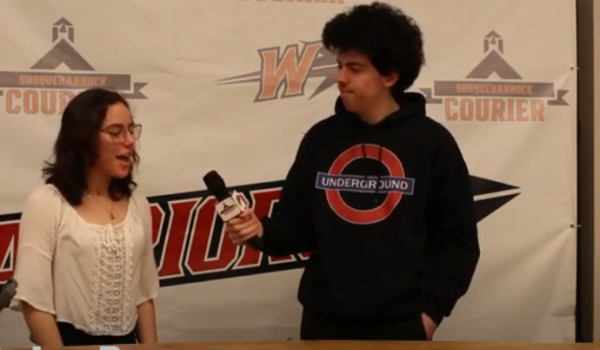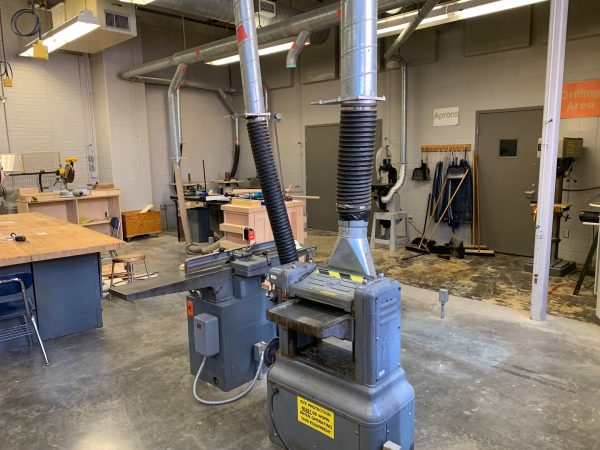Technology Paves the Way for Education’s Future
Toddlers are naturals when it comes to smartphones, and kids at increasingly younger ages are computer whizzes. So, in a world where technology is an unavoidable part of daily life, teachers all across the district are incorporating electronics into classrooms.
Shrewsbury Elementary’s Karen DeLuca, a sixth-grade reading teacher, saw the digital world around her and pulled the influence into her lessons through Google Docs.
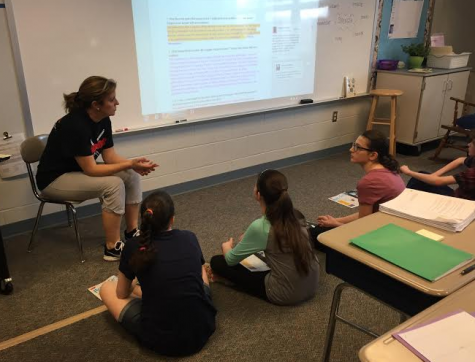
“I think [technology] is so much a part of our world today that if you can integrate it into what you’re doing in the classroom, it’s only going to help [students],” said DeLuca. “I also think that kids today are so tech-savvy to begin with. They’re just used to doing lots of things with technology, and they love it.”
Although the effects of learning with technology aren’t fully clear yet in her students, DeLuca sites several advantages, including the opportunity for instant feedback and increased focus on activities at hand, which should, in turn, increase a student’s understanding.
Students in her reading classes were excited about the technology, helping each other figure out the ins-and-outs of the programs. As well, DeLuca utilized the “comments” feature on Google Docs to allow immediate interaction between students.
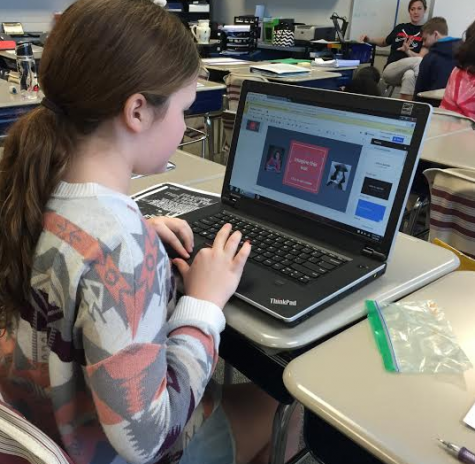
Next, DeLuca plans to expose her students to more extensions of Google such as Slides, which some students are already knowledgeable about. These programs could be utilized for projects like the “book talks” her students have been assigned.
Student Reagan Czahor is currently working on a project in Slides while educating herself and her peers on the technology.
“It’s really cool how we get to learn using different tools other than just pencil and paper, and we get to discover things that we usually wouldn’t in other classes,” said Czahor.
Other classes at Shrewsbury Elementary, like Library Tech, utilize Google Classroom to provide assignments to students. The goal is to educate students as early as possible to technology, so students should be familiar with technology long before becoming a freshman and taking home a Chromebook.
The 1:1 program was put into action this fall at Susquehannock High School, and now, each student is provided with a Google Chromebook to use both at school and to take home for educational purposes.
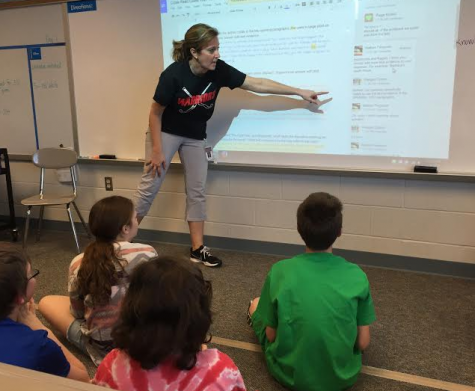
In the past school year, principal Kevin Molin has seen Susquehannock change dramatically because of this program, but there is still work to do: technological innovation has become the school’s focus.
“It’s going to be relying on [teachers] pushing students to develop those skills. Just having the device isn’t the answer. It’s how [students are] using the device…,” said Molin.
The district is quickly catching up to the high school’s technological integration, providing students with the very best opportunity to succeed in an increasingly electronic workplace.
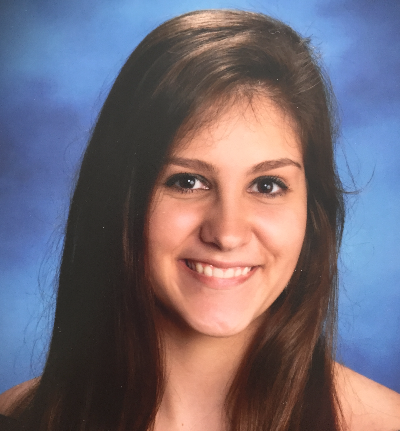
Senior Karly Matthews, a third-year Courier reporter, is editor-in-chief of the publication. At Susquehannock, Karly is also a part of the yearbook staff,...



